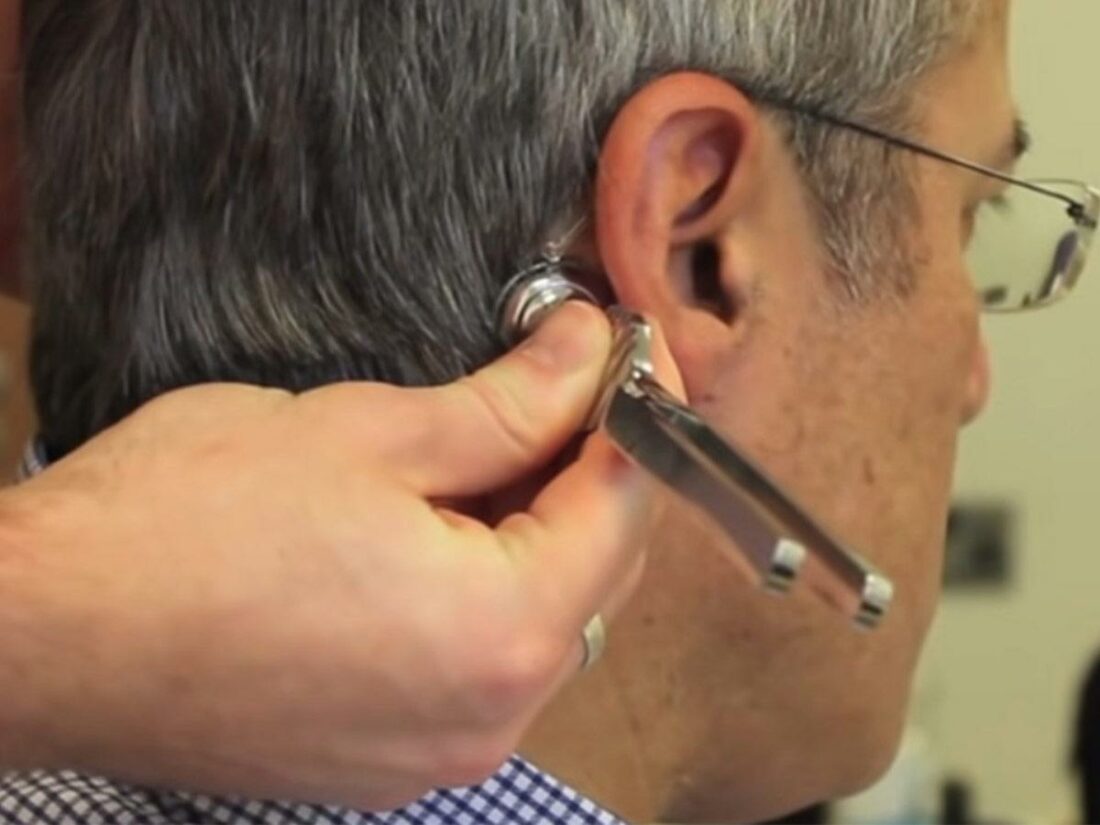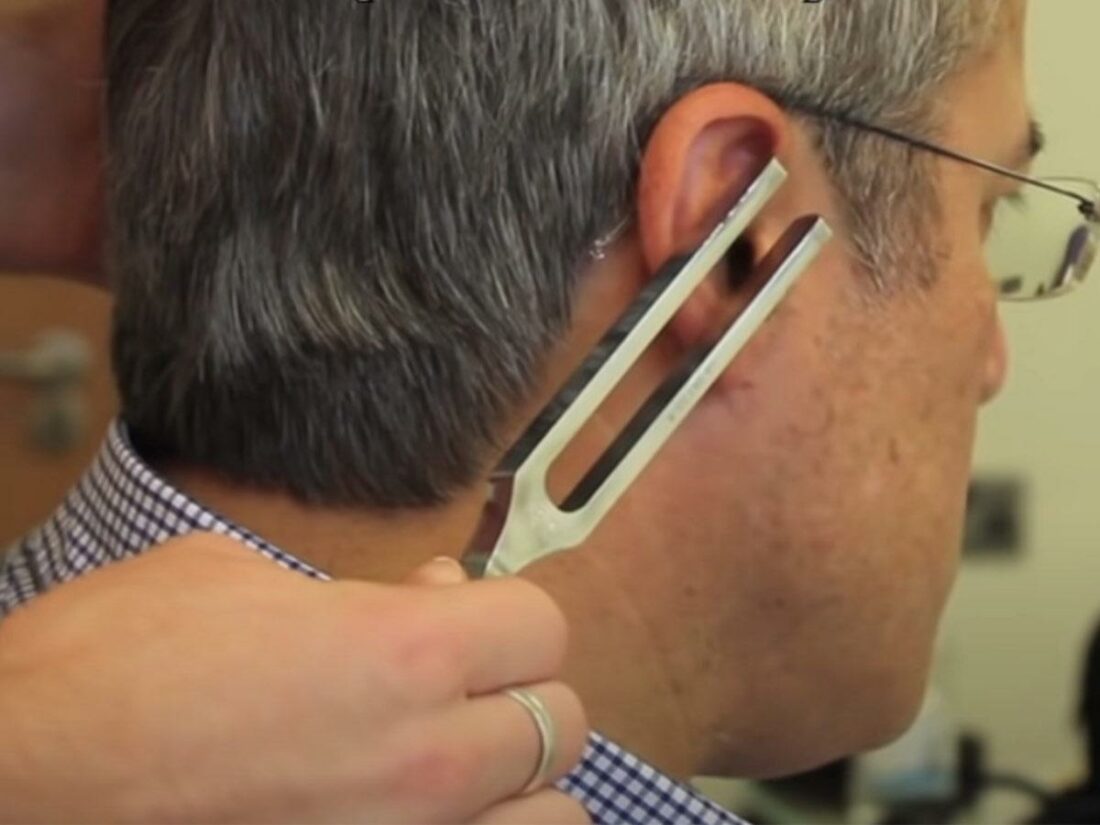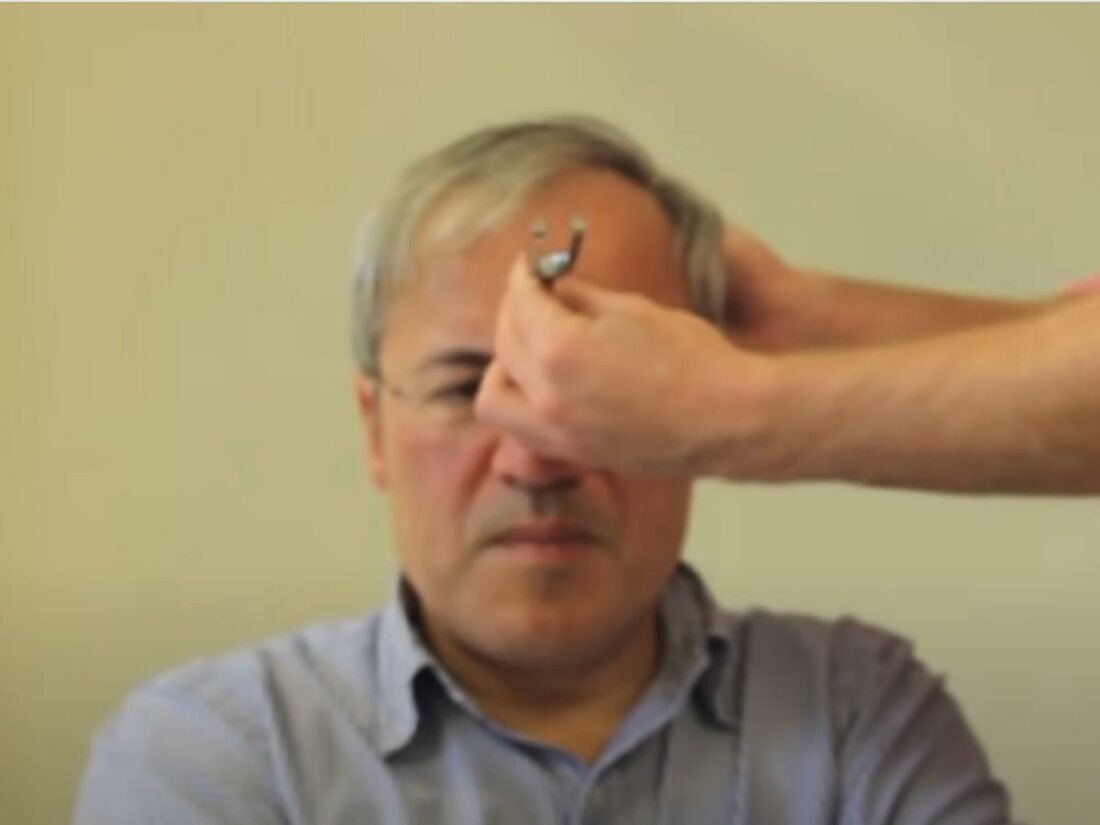Latest Headphones Earpads Updates
Rinne Test: What It Is And How It Works
Find out how the Rinne take a look at, blended with the Weber take a look at, detects various kinds of listening to loss.
The Rinne take a look at is a handy guide a rough usual evaluation for people with suspected listening to problems.
Alternatively, for the ones getting ready to take the take a look at, it should appear complicated, inflicting uncertainty and maybe even concern about the way it works.
To not fear, the Rinne take a look at is a painless process involving the delicate use of a tuning fork, so stay studying as we give an explanation for the stairs concerned and extra.
In This Article
What Is a Rinne Take a look at
A Rinne take a look at evaluates listening to loss through evaluating sound belief thru air and bone conduction. It’s used to diagnose conductive listening to loss, the place sound struggles to trip throughout the ear canal.
The Rinne take a look at is finished together with the Weber take a look at to pinpoint the precise form of listening to loss and its location.
Wearing out each exams in combination complements the accuracy of listening to checks and is helping docs tailor actual remedy plans.
How Docs Behavior Rinne and Weber Checks
To behavior each the Rinne and Weber exams, the physician will require a 512-Hz or 256-Hz tuning fork.
Beneath is the step by step process:
- The physician faucets the tuning fork on a difficult floor and puts the bottom at the mastoid bone at the back of your ear.

Tuning fork is positioned within the bone at the back of affected person’s ear. (From: YouTube/Physician O’Donovan) - You’ll be requested to let the physician know when you’ll be able to’t listen the sound anymore, they usually’ll jot down how lengthy that takes.
- Briefly after, the physician strikes the still-vibrating fork as regards to your ear canal, ensuring it doesn’t contact your ears.

The vibrating tuning fork is moved to the affected person’s ear canal. (From: YouTube/Physician O’Donovan) - Once more, you’ll want to inform the physician when the sound disappears, they usually’ll take a look at the time it takes. That is the tip of the rinne take a look at.
- The physician will then continue to the Weber take a look at. Right here, they’ll hit the tuning fork all over again and place it in the midst of your brow.

The vibrating tuning fork is then positioned at the affected person’s brow. (From: YouTube/Physician O’Donovan) - In the end, the physician will ask if you happen to listen the sound the similar in each ears, extra on one facet, or on no account.
Figuring out Rinne Take a look at Effects
After the Rinne take a look at, a regular end result indicates standard listening to serve as, while extraordinary effects can point out explicit listening to problems. Beneath is an interpretation of the Rinne take a look at results:
- Customary: A regular Rinne take a look at is thought of as a “sure take a look at“. It signifies that you heard the sound higher thru air conduction (AC) than bone conduction (BC). So, the sound close to your ear canal lasts roughly two times so long as the sound at the back of your ear.
- Sensorineural Listening to Loss: You should still listen higher thru AC than BC, however each values will likely be decreased in comparison to customary listening to. This implies a subject matter with the interior ear or auditory nerve which can also be led to through trauma, growing older, sicknesses, and so on.
- Conductive Listening to Loss: That is indicated while you listen higher thru BC than AC or have a considerably extended bone conduction time. It implies a drawback within the outer or heart ear.
Incessantly Requested Questions
What’s the distinction between Rinne take a look at and Weber take a look at?
The Rinne take a look at compares air and bone conduction to evaluate listening to loss kind and level. Then again, the Weber take a look at identifies unilateral listening to loss through checking if the sound is heard higher in a single ear or each.
How does the Rinne take a look at resolve conduction deafness?
In Rinne’s take a look at, if you happen to listen the tuning fork higher thru bone conduction (at the mastoid bone) than thru air conduction (close to the ear canal), it suggests conduction listening to loss.
How dependable is the Rinne take a look at?
Whilst the Rinne take a look at is a competent preliminary screening instrument, it would possibly not supply a whole analysis. So, it’s generally used along different exams to evaluate listening to prerequisites comprehensively. The accuracy additionally is dependent upon right kind method and affected person cooperation.



Allow 48h for review and removal.